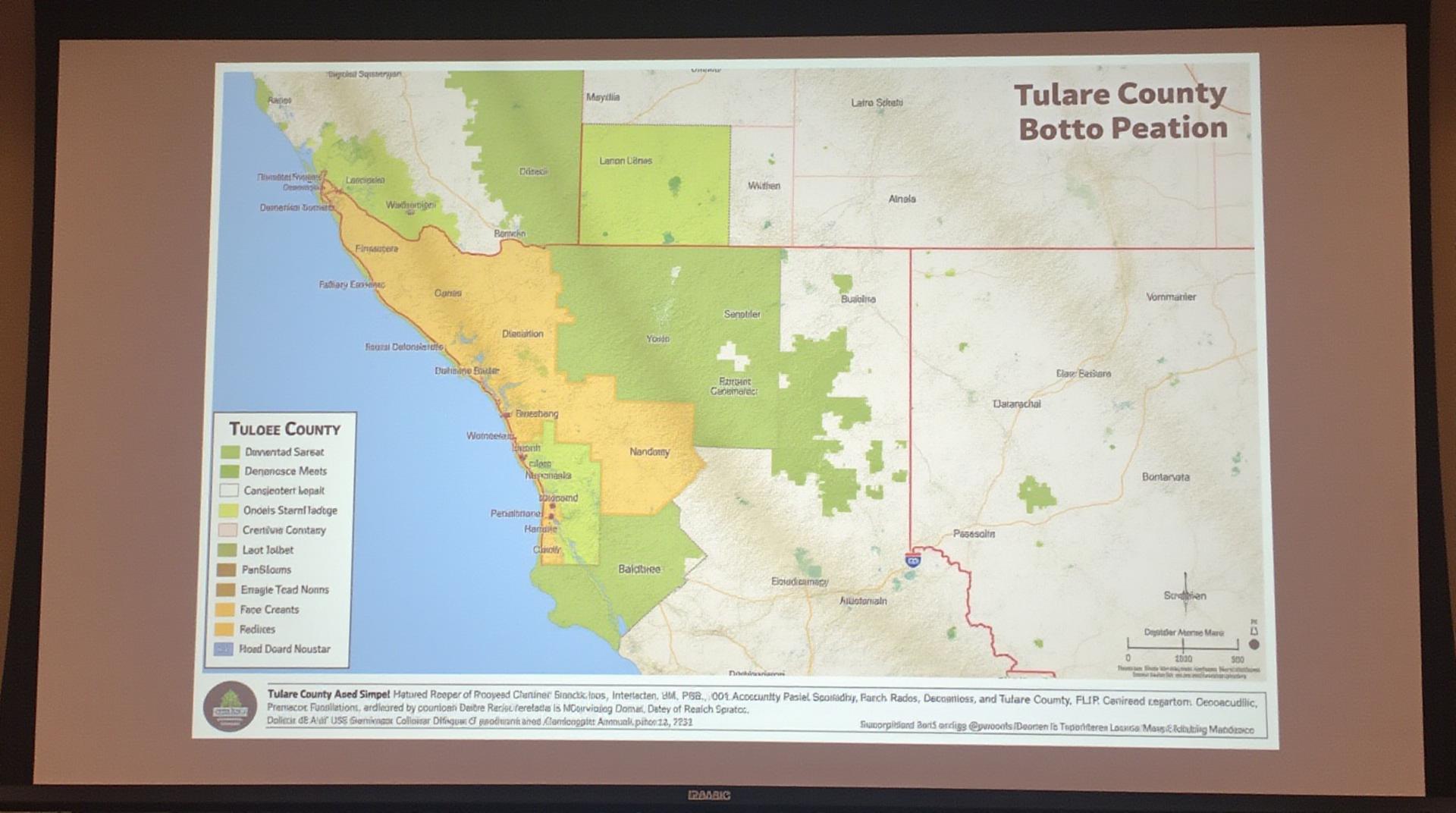Tulare County GIS: Mapping Made Simple
Tulare County GIS: Mapping Made Simple
Tulare County is a sprawling hub of agricultural activity, natural beauty, and a range of industries woven together by the vital infrastructure it shares. Understanding the intricacies of the county – from farmland and infrastructure resources to natural landscapes – is crucial for informed decision-making. Enter GIS, a powerful technology offering a comprehensive tapestry of geographical information that empowers users with insights and tools for understanding and analyzing Tulare County.
What is GIS, and why is it important?
GIS stands for Geographic Information System (GIS). It’s a system designed to capture, manage, analyze, and visualize data based on its spatial relationships. It acts like a giant geographic chessboard where locations, features, and data are brought together in ways that traditional methods fail to achieve (think maps, satellite imagery, aerial photography, etc.).
The Power of Tulare County GIS: Benefits to Locals
Tulare County’s GIS system provides several specific benefits to residents:
- Urban Planning & Development: Visualize community growth, identify potential development locations, and track infrastructure projects.
- Disaster Preparedness & Response: ** Understand flood zones, identify safe evacuation routes, or monitor wildfire risk to better prepare for natural events.
- Property Mapping & Analysis: **Access information about property boundaries, zoning, and land use from a central resource to make informed real estate decisions.
- Environmental Protection: ** Monitor water resources, track wildlife and plant data, see pollution patterns, and analyze the impact of development.
- Find Resources: Access information about parks, libraries, schools, recreational areas, healthcare facilities, and community resources
Tulare County GIS Resources: Getting Started

These are the key resources for accessing and using Tulare County’s GIS data:
1. County Website:
The official Tulare County government website likely provides an online GIS layer where residents can explore maps, aerial views, and explore individual parcel data.
2. Public Data Portal (Open Data & Web Map)
The County may offer a dedicated public data portal, often hosted by government agencies, where individuals and businesses can access maps, datasets, and transcripts. These galleries host diverse data sets about zoning, infrastructure, trails, water usage, and more.
3. Third-Party Mapping Platform
Different government agencies might get involved in sharing data through mapping platforms, such as Google Maps or Esri Maps. With specific URLs provided for Tulare County data downloads, it’s possible for users to interact with maps and even access historical imagery.
4. ESRI Software:
If you’re looking for specialized tools for analyzing Tulare County’s datasets, consider ESRI ArcGIS. A powerful platform used for mapping, geoprocessing, data analysis, and more, it can handle large datasets, make complex maps, and conduct essential analysis.
Using GIS Data for Informed Decisions
GIS data is like a treasure chest of intelligence for decision-makers in Tulare County.
- **Business:** Whether it’s a decision to open a grocery store, a new business, or any expansion plans, understand local neighborhood demographics, retail options, traffic patterns, and resource demands by incorporating GIS data.
- **Students & Researchers:** Develop projects by pulling in water usage patterns, questioning land usage options, or studying wildlife trends for personalized and cumulative research.
- **Community Organizers:** Prepare for neighborhood meetings by mapping crime rates, community needs, and resource distribution for impactful presentations or requests for change.
GIS is more than just tools and datasets; it’s a collaborative power for understanding Tulare County’s present and shaping its future.

